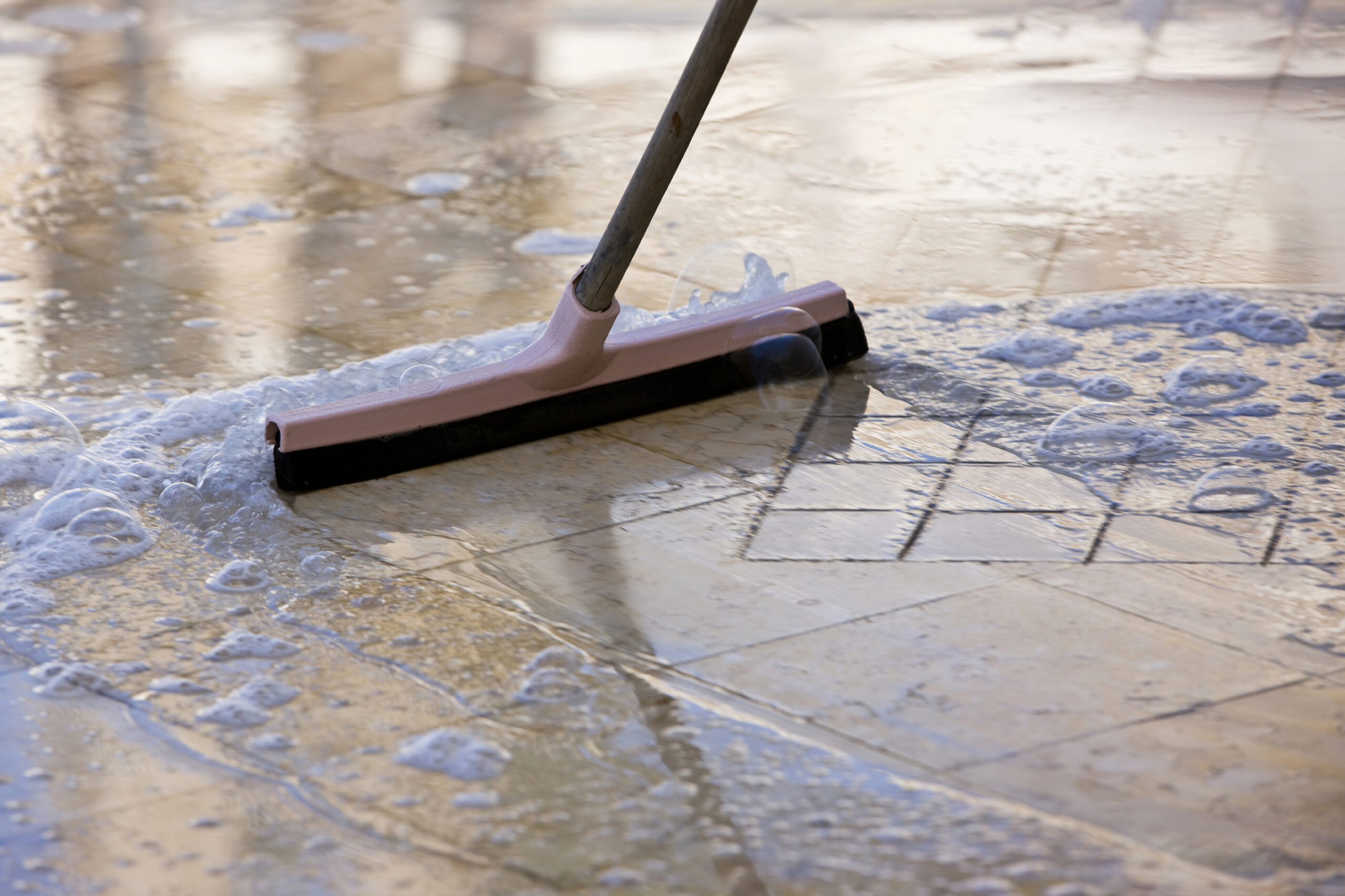A sewer backup is one of the most unpleasant things that can happen in your home. Not only is it a huge mess, but it can also pose a serious health hazard. The good news is that there are some things you can do to minimize the damage and get your home back to normal as quickly as possible. In this blog post, we’ll take a look at some of the most common causes of sewer backups and what you can do to fix them.
5 Common Causes for Sewer Backup
1. Blocked or Clogged Pipes
A sewer backup is the most common type of flooding caused by blocked or clogged pipes. It occurs when sewer water backs up through a home’s drains or toilets. This can happen for a variety of reasons, including tree roots growing into sewer lines, overflowing manholes, or simply a blockage in the pipe.
2. Tree Roots
One of the most common problems associated with tree roots is sewer backup. When tree roots grow into sewer lines, they can cause blockages that prevent waste from flowing freely through the pipes. As a result, sewage can back up into your home or business, causing serious damage and posing a health hazard.
3. Damaged Sewer Pipes
If you have an older home with clay or iron pipes, it’s important to regularly monitor the sewer line for cracks and breaks. A crack in this type of plumbing can lead directly to a backup that is not only unpleasant but also dangerous.
4. Heavy Rainfall
There’s always some risk of sewer backup, but if you live in an area where heavy rains are common and prolonged over longer periods then it can cause major problems for sewage systems. The increased water flow could back up into your house causing flooding or raw sewage pouring down the stairs.
5. Sewer System Age
We all know that old sewer systems are prone to failure; they’re not made with durability in mind. PVC pipes will eventually break down and collapse, leaving you vulnerable to backup or overflow problems at your house! As these cast iron components fail due to the elements- including water corrosion from leaky joints -articles can become blocked which leads directly to flooding of basements below grade level.
How to Fix Sewer Backup
The first thing you need to do is identify the source of the problem. If you can’t identify the source, you won’t be able to fix it. Once you’ve identified the source, there are a few different ways to fix sewer backup.
To prevent future backups, here are some tips to follow:
- Do not pour grease down the kitchen sink drain, as it will solidify and create blockages.
- Avoid putting large quantities of food down the drain, especially those that are highly fibrous.
- Never flush items such as diapers, paper towels, feminine products, or facial tissues down the toilet.
- Schedule regular sewer pipe inspections every few years to ensure that no pipes are damaged and that all are clear of clogs, debris, and other blockages. Proper care and maintenance will save you time and money in the future.
- Have a professional plumber perform a sewer line cleanout to remove blockages and prevent future clogs.
- Replace older sewer lines with newer plastic piping.
- Make sure you have a clean area for your sump pump so it doesn’t get aspirated by dirt and rocks.
Takeaways
A sewage backup can be a major inconvenience and cause extensive damage to your home. If you’re experiencing this problem, don’t wait – call a professional plumber at Tap 2 Drain Plumbing right away for help. There are also some things you can do to help prevent sewer backups in your home. Follow these tips and you can rest assured that your plumbing will stay flowing smoothly all year long.

